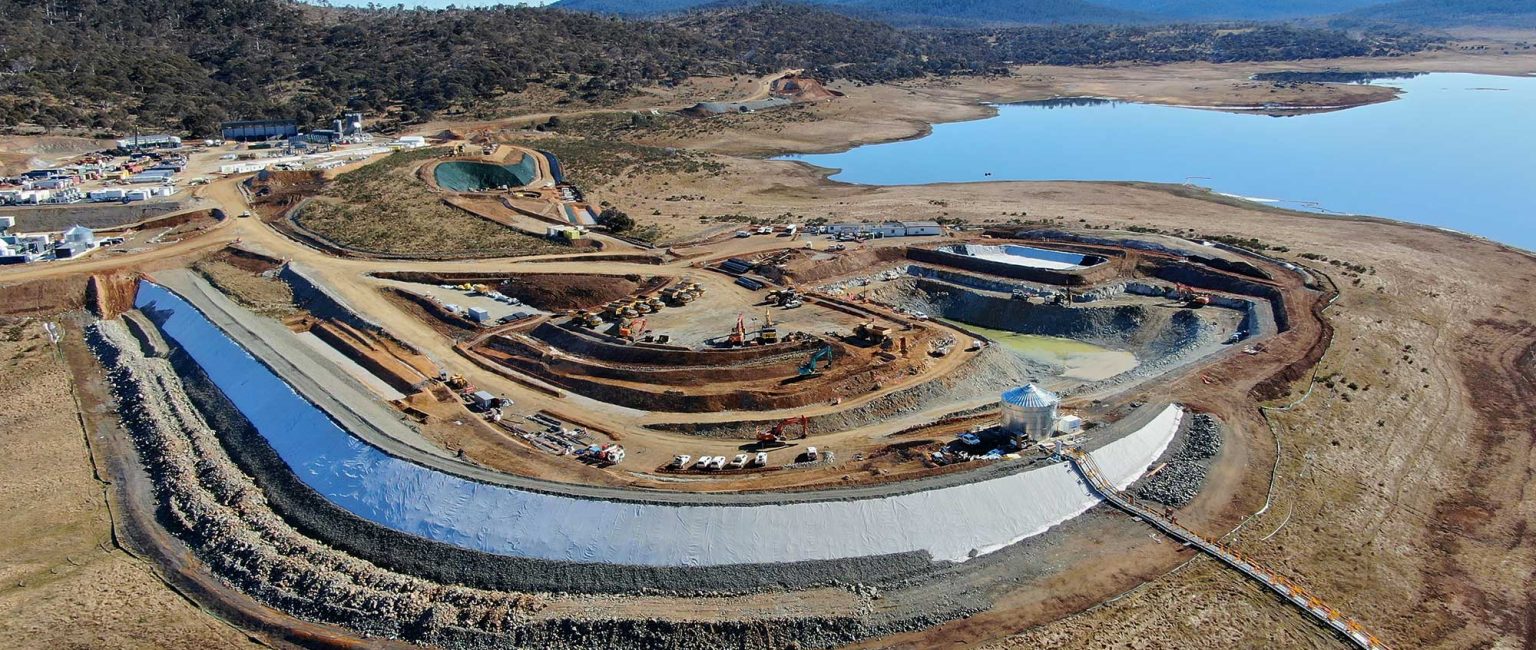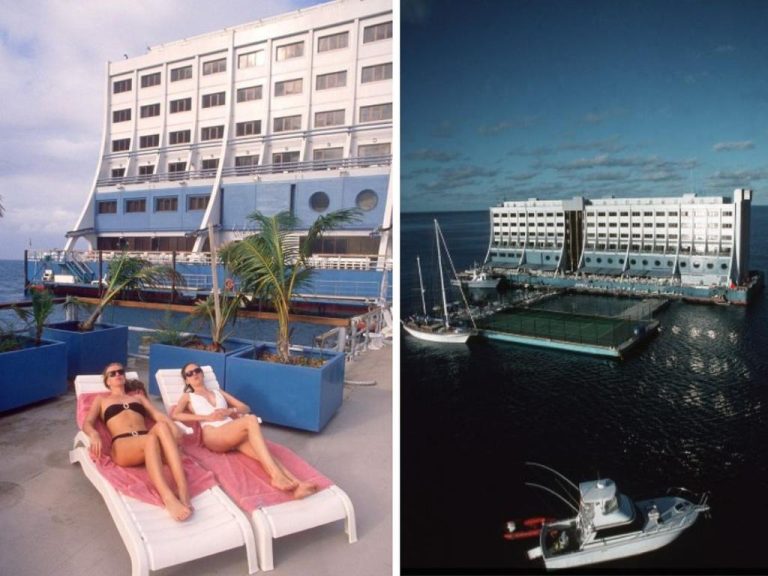Hydro hype: can it power Australia into tomorrow?

Australia’s power grid is at a crossroads, with a growing reliance on renewable sources calling for huge amounts of energy storage, which in turn requires mammoth amounts of investment — and investor confidence.
The Albanese Government aims to phase out coal-generated power stations and increase solar and wind to around 80% of our energy mix by 2030, from around 30% presently.
Hydroelectric power supplies 5-7% of Australia’s electricity supply, which is unlikely to increase.
While the around-120 existing hydroelectric stations will remain, no new ones will be built, explained Professor Andrew Blakers, foundation director of the Australian National University Centre for Sustainable Energy Systems.
“All of the high-quality sites are now either developed already or in national parks or subject to extremely fierce environmental and social pushback. In other words, it’s very difficult to build a new dam on a river in Australia.”
When it comes to building new power generation sites, it’s all about wind and solar now, he said.
Need for energy storage
But wind and solar are intermittent; the sun doesn’t always shine and the wind doesn’t always blow. And while renewable energy is mainly captured in the day, electricity consumption is highest at night.
To secure supply, the energy must be stored, either in batteries or pumped hydro facilities.
Pumped storage hydropower acts like a giant battery and works by using excess renewable energy to pump water uphill to an elevated reservoir when it is sunny and windy, and releasing the water back down the hill through giant turbines that create electricity when it’s still and dark.
The Australian Renewable Energy Agency (ARENA) describes pumped hydro as “an important technology for providing large-scale storage and grid reliability for long duration in our future electricity system”.

There are reports Snowy 2.0 costs have blown out by around $2 billion. Picture: Supplied by Snowy Hydro Limited
Prof Blakers believes Australia needs to increase battery and hydro energy storage capacity equally.
“Batteries are good for short-term storage of minutes to hours, and pumped hydro is good for overnight storage. And in a solar dominated system, you need overnight storage,” he said.
But Professor Bruce Mountain, director of the Victoria Energy Policy Centre, believes battery storage is likely to take centre stage, simply because it’s easier and cheaper to produce.
“You can make batteries in a factory … Their technology is coming along very quickly and there’s enormous private sector interest in it.”
“But every pump hydro is different, depending on local geography, local electricity connection and land use.
“You can’t roll out pumped hydro, whereas you can with batteries. And when you get that opportunity to roll out, you get investors up and down the supply chain.”
Hydro energy storage sites in action
Australia’s three current hydro energy storage sites are Wivenhoe in Queensland, and Shoalhaven and Tumut 3, both in NSW.
Two more are currently under construction using existing infrastructure: the $5.1 billion Snowy 2.0, which features an underground power station linking two existing dams in the Snowy Mountains, and Genex’s $777 million Kidston in northern Queensland, which reuses two former gold mine pits.
A dozen more sites are undergoing feasibility studies, with Prof Blakers estimating Australia needs around a dozen more hydro energy storage facilities to support 100% renewables.
There’s concern that Snowy 2.0’s reported cost blowouts and delays could have rocked investor confidence in hydro storage.
But interest levels in former hydroelectric station Oaky River in the New England Tablelands of NSW suggest that may not be the case.
Oaky River operated as the Oaky River Hydro Scheme for nearly 60 years before a flood in 2013 damaged its infrastructure.

The Oaky River Hydro site is 56km east of Armidale. Picture: realcommercial.com.au/for-sale
Essential Energy is now selling the site, which needs rebuilding, with agents CBRE marketing it as both a hydroelectric and hydro energy storage opportunity.
David Goodfellow, one of the agents managing the sale, said he’s received more than 80 enquiries so far and rising, mainly from large private energy companies in Australia looking at opportunities around energy production as well as water security and storage.
“We’ve had an amazing number of enquiries. We’re seeing genuine interest from investors right across the whole energy sector in Australia,” he said.
Private investment needed
The federal government has propped up Snowy 2.0 and Kidston while state governments have financed feasibility studies, all in the hope of encouraging private investment into pumped hydro.
In early September, the NSW government awarded $44.8 million in grants to five pumped hydro projects to help cover upfront costs and lower investment barriers for the private sector.
An ARENA spokesperson said lessons from Kidston, the first pumped hydro site to be constructed in Australia in nearly 40 years, will offer a clearer picture of the technology and economics of pumped hydro projects.
“That information will be useful to us at ARENA, energy market bodies, renewable energy developers and investors as we plan for the energy transition,” she said.
“A huge amount of work goes into getting large, complex green energy infrastructure projects like this to fruition and there is still work to be done to bridge the gap to commerciality.”

Wivenhoe is one of Australia’s three hydro energy storage sites. Picture: Getty
Prof Blakers said solar, wind, batteries and hydro energy storage all need “billions and billions of dollars in private investment”.
Prof Mountain fears hydro energy storage facilities require so much in the way of government subsidies that they are not economically viable.
“It may well be that pump hydro has a future, but it’s likely to be relatively small pumped hydro installations in ideal locations,” he said.
“You’ll only be able to attract a private investor as a co-partner if the government has absorbed some of the cost and a large part of the risk.”
Nevertheless, he believes the feasibility studies are worth doing.
“And then maybe an entrepreneur says, I’ve seen all this stuff and I’m going to go for it.”







